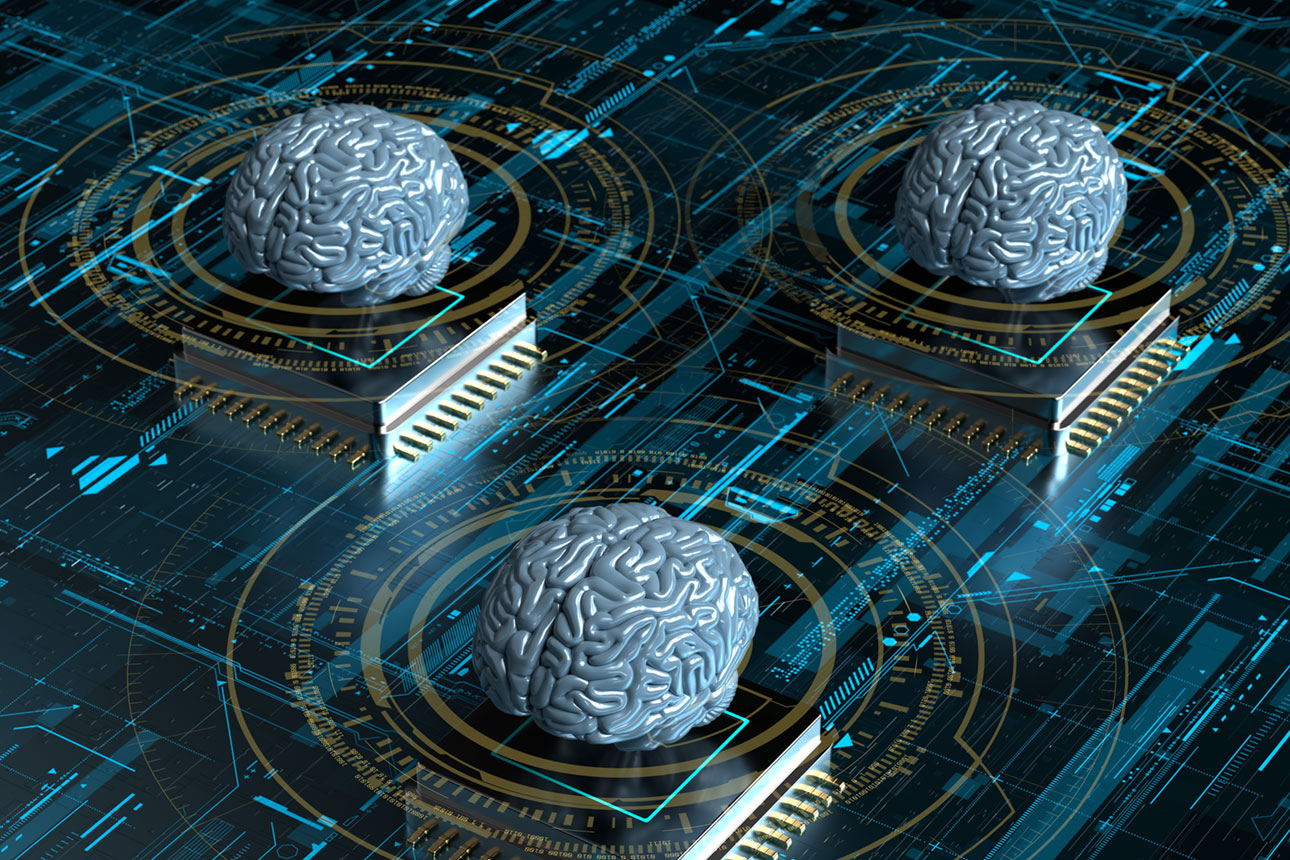From Disruption to Collision: The New Competitive Dynamics
In the age of AI, traditional businesses across the economy are being attacked by highly scalable data-driven companies whose operating models leverage network effects to deliver value.
Topics
Disruption 2020

Image courtesy of Oliver Burston/theispot.com
Airbnb is colliding with traditional hotel companies like Marriott International and Hilton. In just over a decade, the online lodging marketplace has assembled an inventory of more than 7 million rooms — six times as much lodging capacity as Marriott managed to accumulate over 60-plus years. In terms of U.S. consumer spending, Airbnb overtook Hilton in 2018 and is on track to move ahead of Marriott.1
Although Airbnb serves similar consumer needs, it is a completely different kind of company. Marriott and Hilton own and manage properties, with tens of thousands of employees in separate organizations devoted to enabling and delivering customer experiences. And whereas the two traditional lodging companies are made up of clusters of different groups and brands, with siloed business units and functions equipped with their own information technology, data, and organizational structures, Airbnb takes a radically different approach: Its core function is to match users to hosts who have unique homes or rooms to rent on a daily basis, via its platform. In the process, Airbnb accumulates customer data, mining it for insights and to produce predictive models to inform key decisions. It is often able to give its customers a superior experience, with far fewer employees, than its hotel-industry competitors.
Airbnb is representative of a wave of new organizations that are built on an integrated digital foundation. Every time we search Google, buy from Alibaba or Amazon, or get a ride from Lyft, the same phenomenon occurs. Rather than relying on traditional business processes operated by workers, managers, process engineers, supervisors, and customer service representatives, these companies deliver value through software and algorithms. Although humans design the systems, the computers do the work: producing search results, setting prices, identifying and recommending products, or selecting a driver. This reality defines a new kind of digital company, with data and AI at the core and human labor pushed to the edge.
References
1. R. Molla, “American Consumers Spent More on Airbnb Than on Hilton Last Year,” Vox, March 25, 2019, www.vox.com.
2. For an outline of the challenges faced by traditional corporations, see A.D. Chandler, Jr., “Scale and Scope: The Dynamics of Industrial Capitalism” (Cambridge, Massachusetts: Belknap Press, 1990).
3. While the scaling behavior of algorithms will vary with algorithm type and implementation, a basic rule of thumb is that the precision of an algorithm will scale with the square root of the number of data points.
4. C. Farronato and A. Fradkin, “The Welfare Effects of Peer Entry in the Accommodation Market: The Case of Airbnb,” working paper 24361, National Bureau of Economic Research, Cambridge, Massachusetts, February 2018.
5. For an instruction manual on traditional retail businesses that can be dismantled through a digital operating model, see M. Zeng, “Smart Business: What Alibaba’s Success Reveals About the Future of Strategy” (Boston: Harvard Business Review Press, 2018).
6. RealNetworks, originally known as Progressive Networks, was founded in 1994 by Rob Glaser.
7. M.E. Conway, “How Do Committees Invent?” Datamation 14, no. 5 (April 1968): 28-31.
8. R. Henderson and K.B. Clark, “Architectural Innovation: The Reconfiguration of Existing Product Technologies and the Failure of Established Firms,” Administrative Science Quarterly 35, no. 1 (March 1990): 9-30.
9. This is not surprising, given that both Henderson and Clark were on Christensen’s thesis committee at Harvard Business School.
10. C.M. Christensen and R.S. Rosenbloom, “Explaining the Attacker’s Advantage: Technological Paradigms, Organizational Dynamics, and the Value Network,” Research Policy 24, no. 2 (March 1995): 233-257.
11. According to Christensen, Raynor, and McDonald, “‘Disruption’ describes a process whereby a smaller company with fewer resources is able to successfully challenge established incumbent businesses. Specifically, as incumbents focus on improving their products and services for their most demanding (and usually most profitable) customers, they exceed the needs of some segments and ignore the needs of others.” See C.M. Christensen, M.E. Raynor, and R. McDonald, “What Is Disruptive Innovation?” Harvard Business Review 93, no. 12 (December 2015): 44-53.

Comment (1)
Kevin Shute